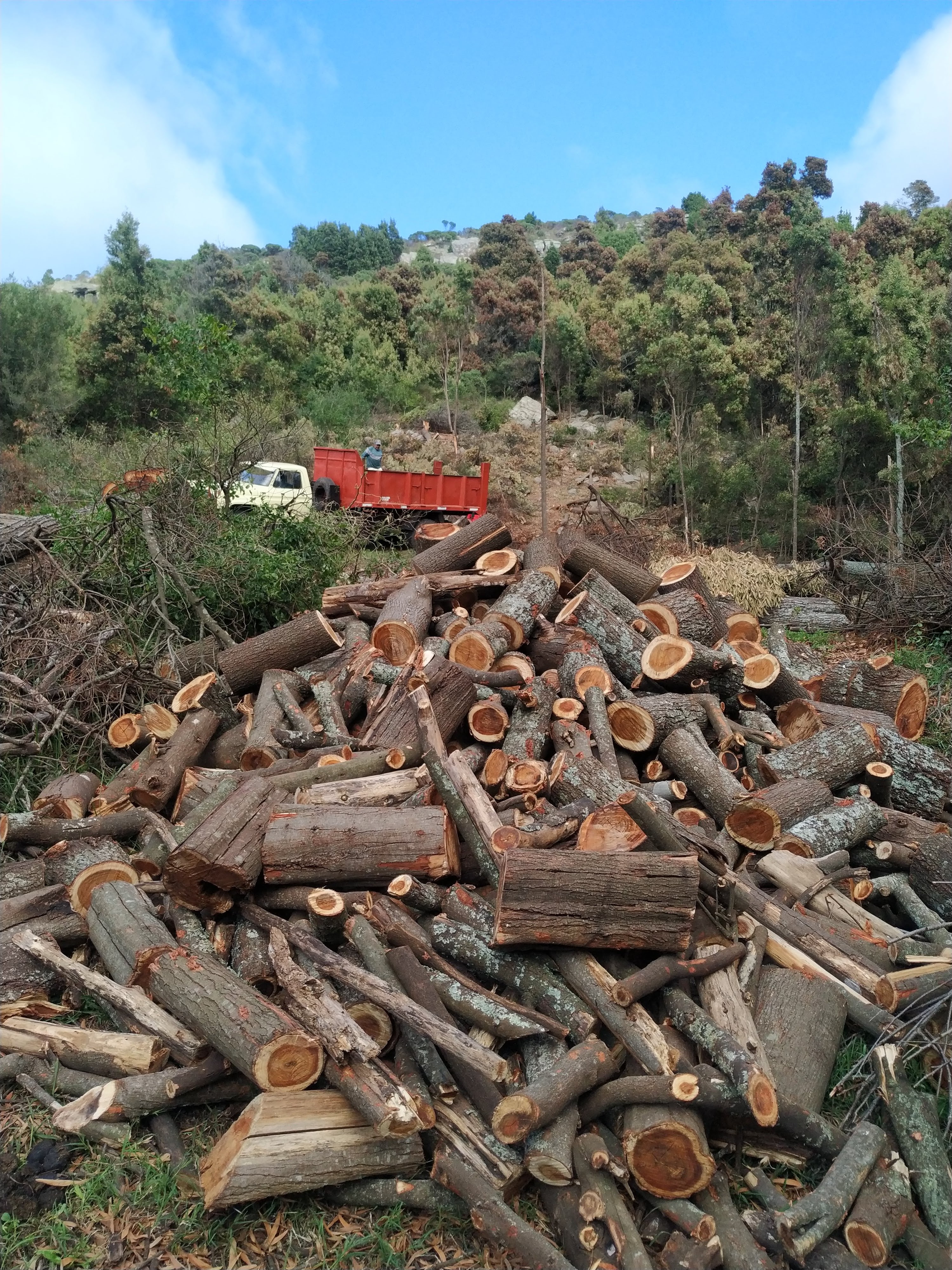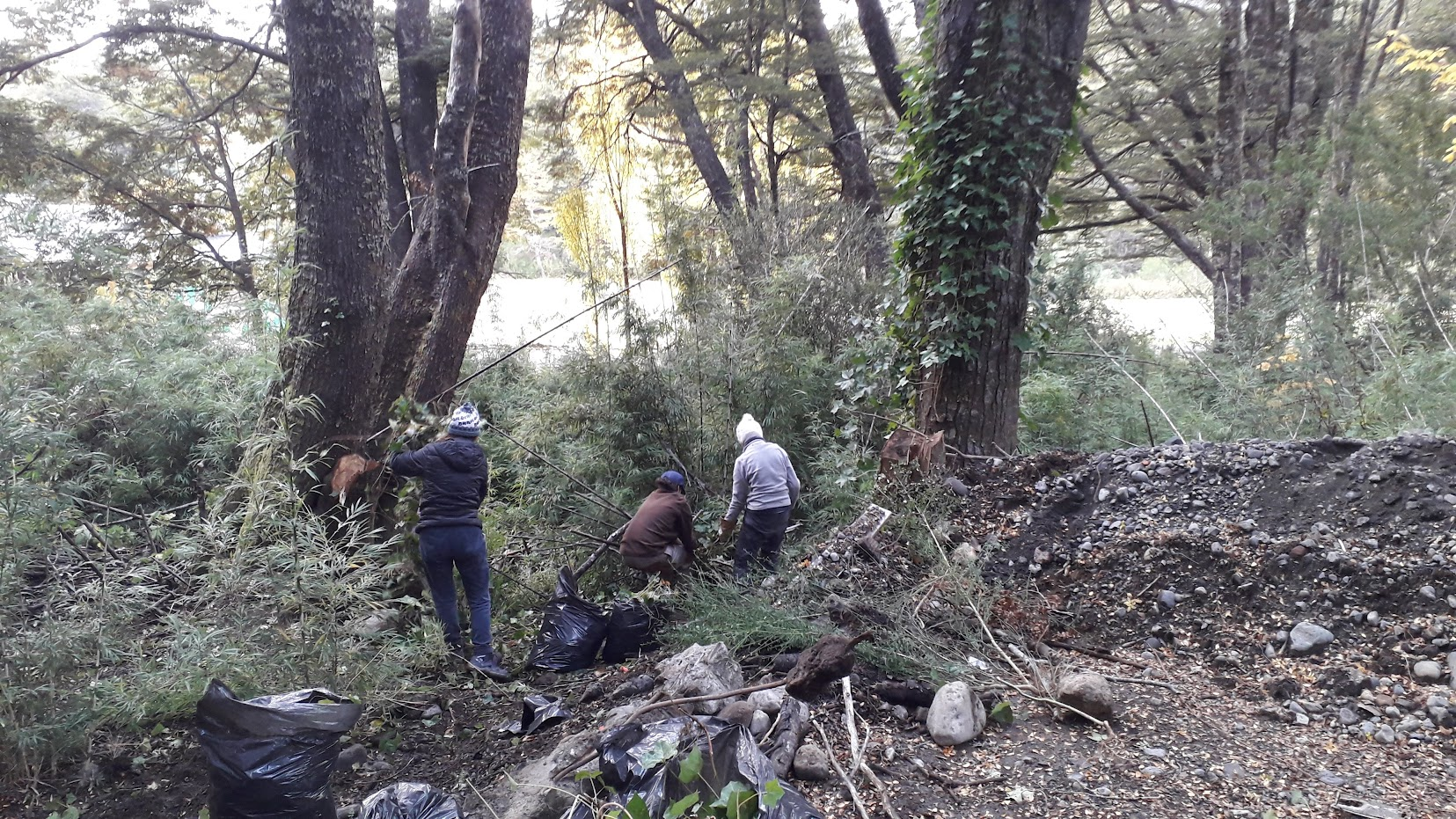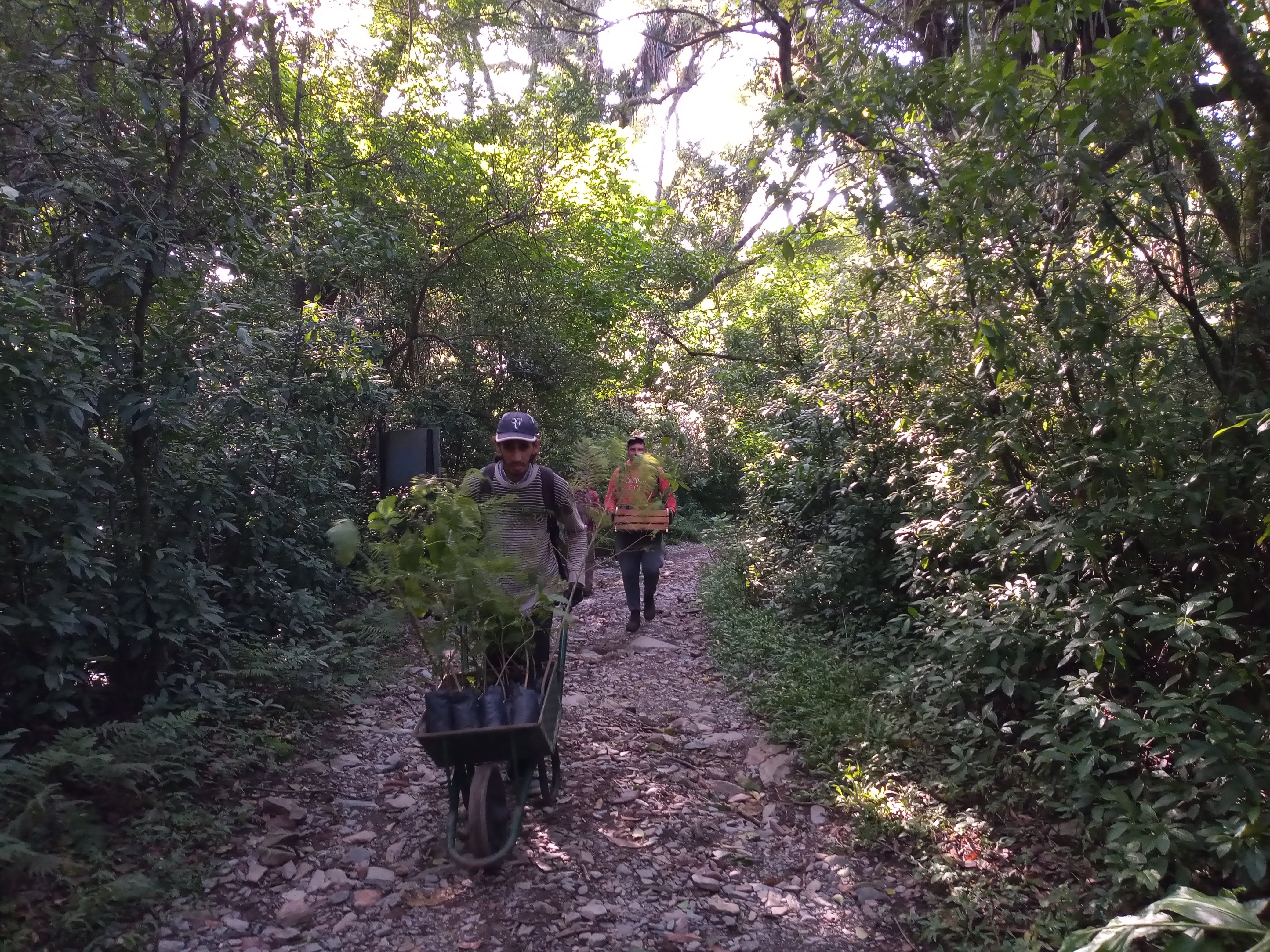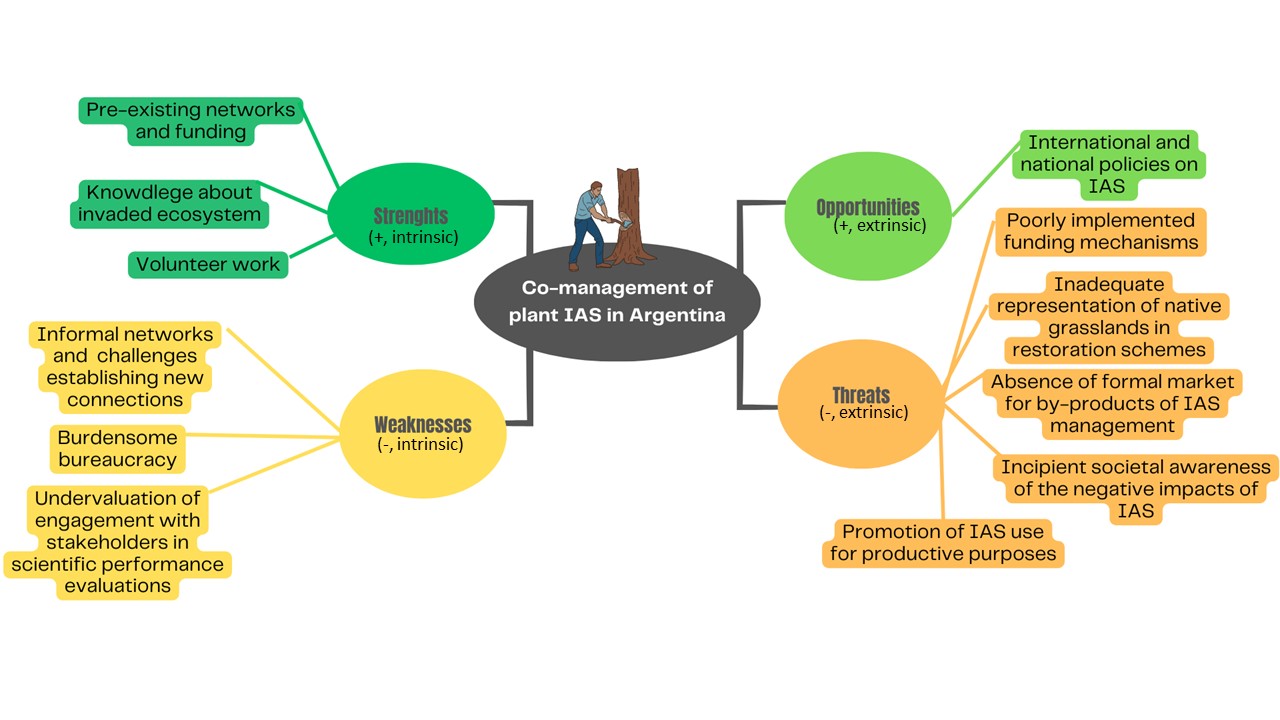[ad_1]
A version of this post is available in Spanish here.
Author Priscila Ana Powell shares insights from analysing case studies that use co-management to manage woody invasive alien species in Argentina.
“Improving the long-term management of woody invasive alien plants (IAS) in Argentina requires the promotion of shared spaces and communication channels for co-designing and co-implementing IAS management interventions that can better align the objectives of multiple stakeholders.”
This is the central message of our recent publication in Ecological Solutions and Evidence where we summarised the positive and negative aspects of four projects co-managing woody IAS in Argentina.
The recent IPBES assessment on Invasive Alien Species has put the spotlight on the severe and growing threat IAS pose for biodiversity, ecosystem functioning, the economy and culture. Urgent long-term actions are needed to prevent or mitigate these serious negative impacts.
So how can decision-makers, conservation managers, practitioners and policy-makers respond to this pressing but complicated management problem?

This is where co-management comes into play.
Roughly speaking, co-management implies working together as a team during the design and implementation of actions to address IAS impacts. Therefore, it requires the collective involvement of different groups, including researchers, managers, government agencies and local communities, to identify the key negative impacts of IAS and define potential management actions to address them.
However, as with any human interaction that involves institutional and personal values, benefits, and the costs at stake, co-management can be challenging.
In our research, we used a SWOT analysis to identify the Strengths (positive aspects that are intrinsic to the project and can be controlled and changed by the project), Weaknesses (negative and intrinsic), Opportunities (positive aspects that are extrinsic to the project and cannot be controlled and changed by the project), and Threats (negative and extrinsic) to four co-management experiences in Argentina.
Our goal was to understand what aspects work well and what aspects need changes to work adequately.

Key Strengths
These are aspects that are positive and intrinsic to the projects. Being intrinsic, these can be achieved and controlled directly by the project:
1. Existing networks and resources – Our projects benefitted from pre-existing networks of protected area managers and researchers. They already knew a lot about the problem and were deeply committed to solving the IAS issue, making collaborations easier.
2. Access to funding – In some cases, there was funding already available for IAS management and research, which helped kickstart collaborations. Funds came from the Argentinian Forest Law, research and private sources.
3. Combining resources – The co-management of our IAS projects allowed us to pool resources across involved organisations (e.g. labour, tools and ideas), reducing the burden on individual organisations and helping us undertake projects that would have been too big for any single organisation.
Key Weaknesses
Negative aspects that are intrinsic to the projects and therefore, amenable to change by the projects themselves:
1. Building new relationships – Our projects relied on informal ways to establish partnerships between managers and researchers (due to the scarcity of inter-institutional joint workspaces), which proved challenging due to differing perspectives, objectives and working schedules.
2. Limited resources – Limited resource availability was a key weakness across projects. In some instances, different priorities of partner organisations delayed access to sites, permissions and resources.
3. Combining resources – The co-management of our IAS projects allowed us to pool resources across involved organisations (e.g. labour, tools and ideas), reducing the burden on individual organisations and helping us undertake projects that would have been too big for any single organisation.

Key Opportunities
Positive aspects that are extrinsic to the projects and, therefore, beyond the control of the projects:
1. Policies – International and national policies supported our projects. Global initiatives like the United Nations Sustainable Development Goals and biodiversity protection engagements helped us to draw attention to IAS issues which are supported in national initiatives like the National Strategy for Exotic Invasive Species. National laws like the Forest Law provided funding for managing IAS affecting native forests.
Key Threats
Positive aspects that are extrinsic to the projects and, therefore, beyond the control of the projects. Projects may need to adapt or mitigate these threats:
1. Funding delays – Even when there was funding available through national policies, the process was often too slow for the needs of on-ground IAS management.
2. Lack of markets – Selling wood from IAS management actions to offset costs was challenging due to a lack of (formal and informal) markets. Nevertheless, this could be controversial because it could incentivise the plantation of IAS.
3. Scarcity of information – There was limited knowledge about IAS management techniques and monitoring of IAS management actions was insufficient. In addition, management experiences are not reported in technical and scientific documents, hindering the sharing of information. Overall, this increases the risk of repeating mistakes.
4. Social misconceptions – Misunderstandings about the value of trees and lack of social awareness of the negative impacts of IAS hindered effective management.

In summary, the co-management of woody IAS is gaining momentum in Argentina, but there are critical challenges to overcome. To help to advance the cause of IAS co-management, we provide the following five recommendations:
1. Facilitate Communication – Create formal spaces where managers and researchers can collaborate, share knowledge, and define joint actions. Include all stakeholders’ viewpoints.
2. Information Campaigns – Develop campaigns to raise awareness, secure social support, and ensure long-term project viability.
3. Transparency – Report on the techniques, outcomes, and barriers experienced to inform future projects. These documents should be in the local language (Spanish). Circulate the guidelines and products produced by national initiatives and policies across educational levels.
4. Outreach and Extension – Use outreach and extension activities to address the opportunities and threats posed by national policies. Some policies encourage the use of IAS, whereas others attempt to mitigate the negative impacts of those IAS. Outreach and extension initiatives can help to align these contrasting and opposite objectives.
5. Recognise Researchers – Recognise the value of co-management in researcher evaluations and job profiles for environmental managers.

Read the full Practice Insights: “Insights from experiences co-managing woody invasive alien plants in Argentina” in Issue 4:4 of Ecological Solutions and Evidence.
[ad_2]
Source link
